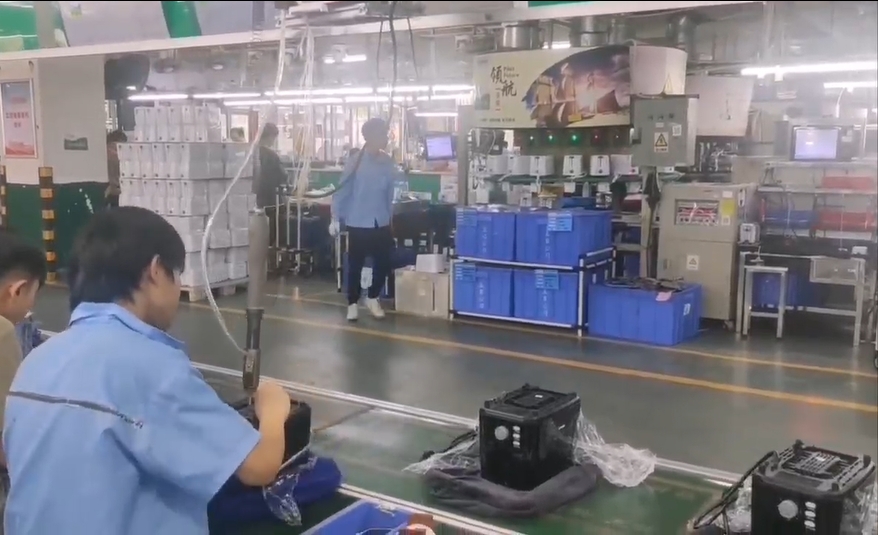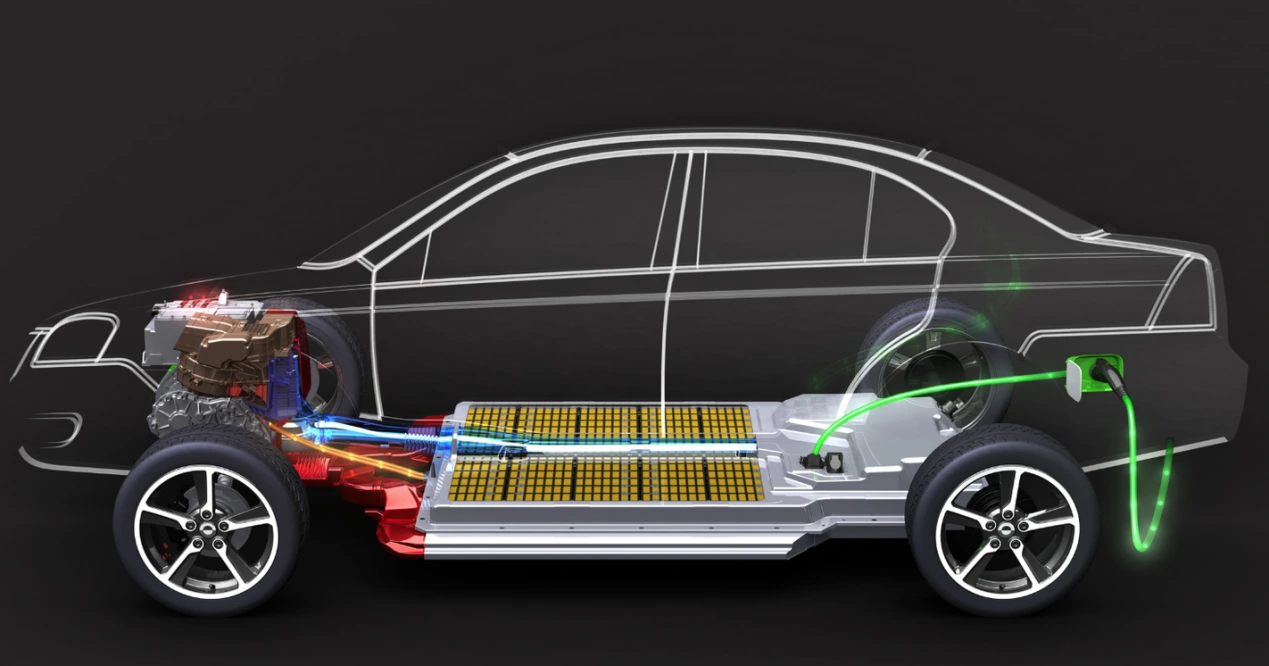In the realm of HVAC (Heating, Ventilation, and Air Conditioning) systems, the efficiency of venting systems plays a pivotal role in ensuring indoor air quality, energy conservation, and overall comfort. As we delve into the intricacies of venting systems, it becomes essential to understand the various types available, their operational mechanisms, and the factors that contribute to their efficiency. This article aims to provide a detailed exploration of the most efficient types of venting systems, offering insights that can guide both homeowners and industry professionals in making informed decisions.
Understanding Venting Systems
Venting systems are designed to facilitate the movement of air in and out of a building. They are crucial for maintaining a healthy indoor environment by removing stale air, moisture, and pollutants while introducing fresh air. The efficiency of a venting system is determined by several factors, including its design, the materials used, and the specific application it serves.
Types of Venting Systems
- Natural Ventilation Systems
- Mechanism: Natural ventilation relies on passive airflow driven by temperature differences and wind pressure. Openings such as windows, vents, and skylights allow fresh air to enter while expelling stale air.
- Efficiency: This system is energy-efficient as it does not require mechanical components. However, its effectiveness can be limited by external weather conditions and building orientation.
- Mechanical Ventilation Systems
- Types: Mechanical systems can be further divided into exhaust, supply, and balanced ventilation systems.
- Exhaust Ventilation: Removes indoor air, creating a negative pressure that draws in fresh air from outside. Commonly used in kitchens and bathrooms.
- Supply Ventilation: Introduces fresh air into the building while exhausting indoor air through passive openings.
- Balanced Ventilation: Employs both supply and exhaust fans to maintain equal airflow, ensuring a consistent indoor environment.
- Efficiency: Mechanical systems can be highly efficient, especially when equipped with energy recovery ventilators (ERVs) or heat recovery ventilators (HRVs) that transfer heat between incoming and outgoing air streams, minimizing energy loss.
- Hybrid Ventilation Systems
- Mechanism: Hybrid systems combine natural and mechanical ventilation, utilizing the benefits of both approaches. They can switch between modes based on environmental conditions and indoor air quality needs.
- Efficiency: By optimizing airflow based on real-time conditions, hybrid systems can significantly enhance energy efficiency while maintaining comfort levels.
Factors Influencing Venting System Efficiency
- System Design and Configuration
- The layout of ducts, vents, and openings plays a critical role in airflow efficiency. Proper sizing and placement can minimize resistance and maximize airflow.
- Airflow Rates
- The volume of air exchanged per hour (ACH) is a key metric in determining the efficiency of a venting system. Systems should be designed to meet the specific needs of the space, balancing energy use with air quality requirements.
- Filtration and Air Quality
- High-efficiency particulate air (HEPA) filters and other advanced filtration systems can enhance indoor air quality, but they may also introduce resistance that affects airflow. Selecting the right filtration system is crucial for maintaining efficiency.
- Control Systems
- Advanced control systems, including smart thermostats and sensors, can optimize ventilation based on occupancy and air quality, ensuring that energy is not wasted when spaces are unoccupied.
Conclusion: Choosing the Right Venting System
Selecting the most efficient type of venting system requires a thorough understanding of the specific needs of the building and its occupants. While natural ventilation offers simplicity and low energy costs, mechanical and hybrid systems provide greater control and adaptability. Ultimately, the best choice will depend on factors such as climate, building design, and intended use.


